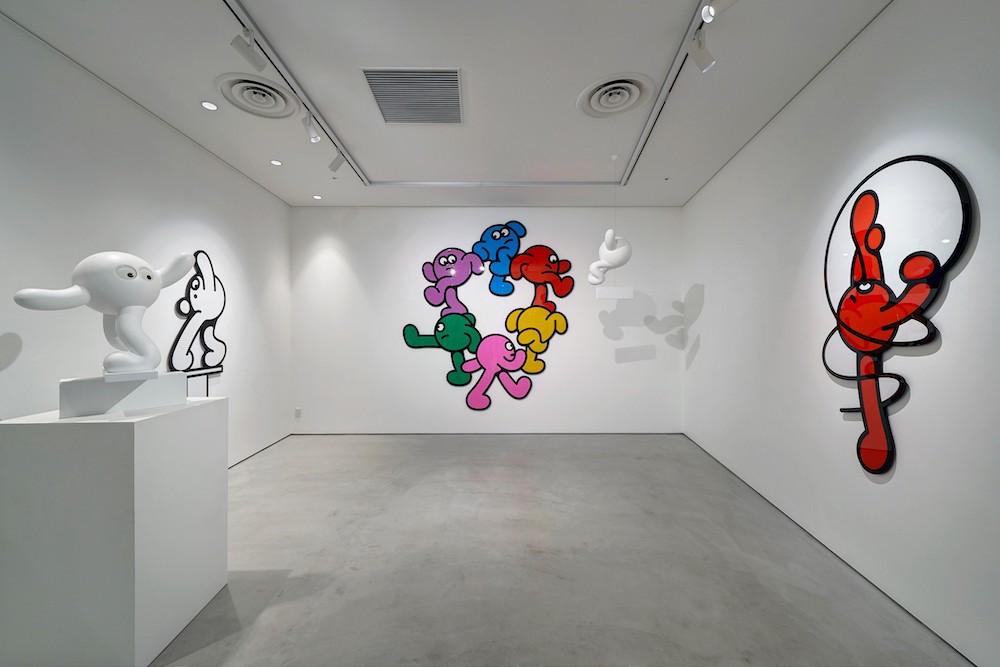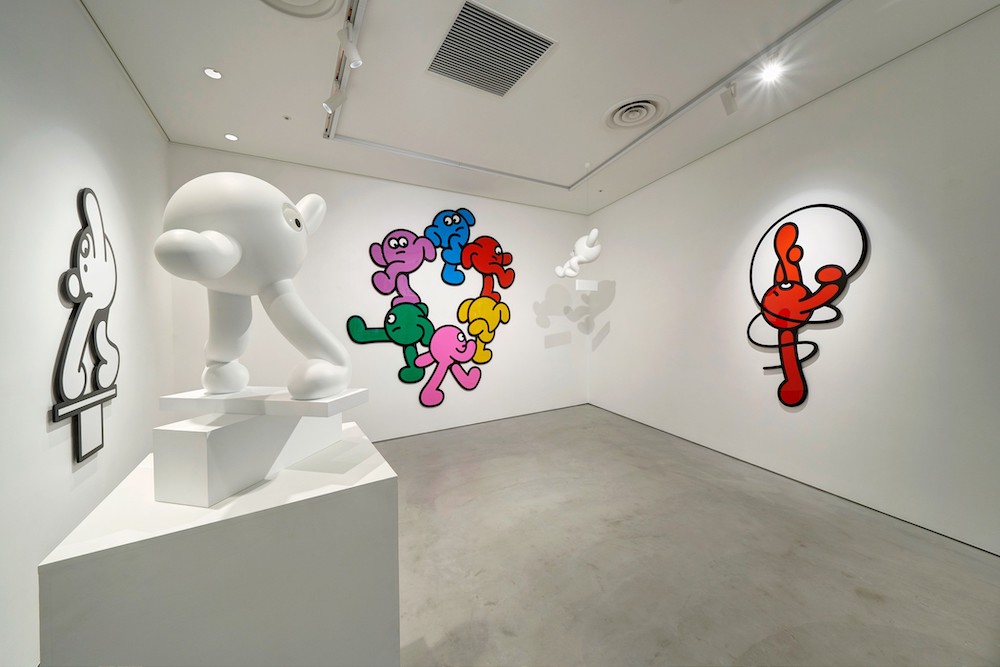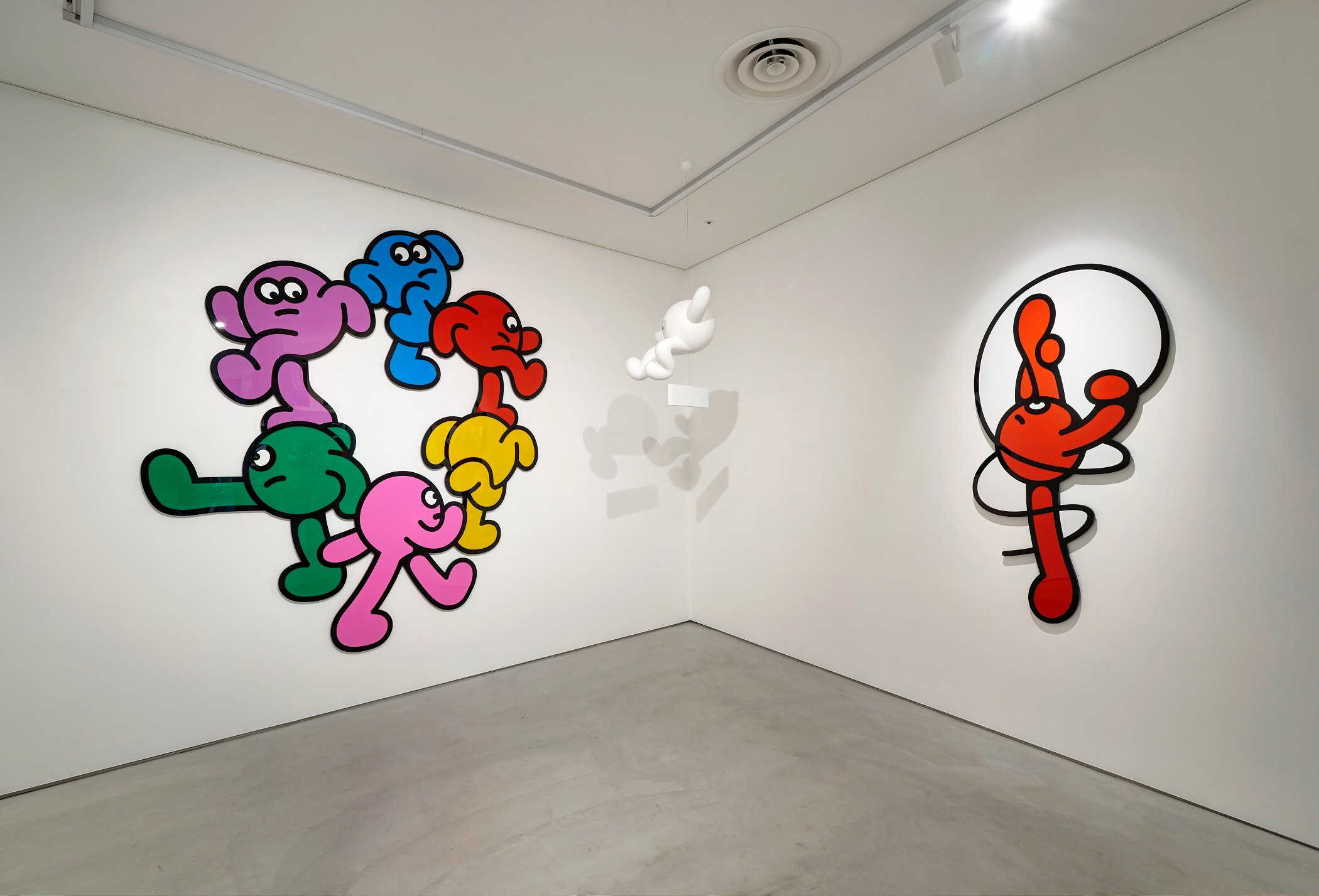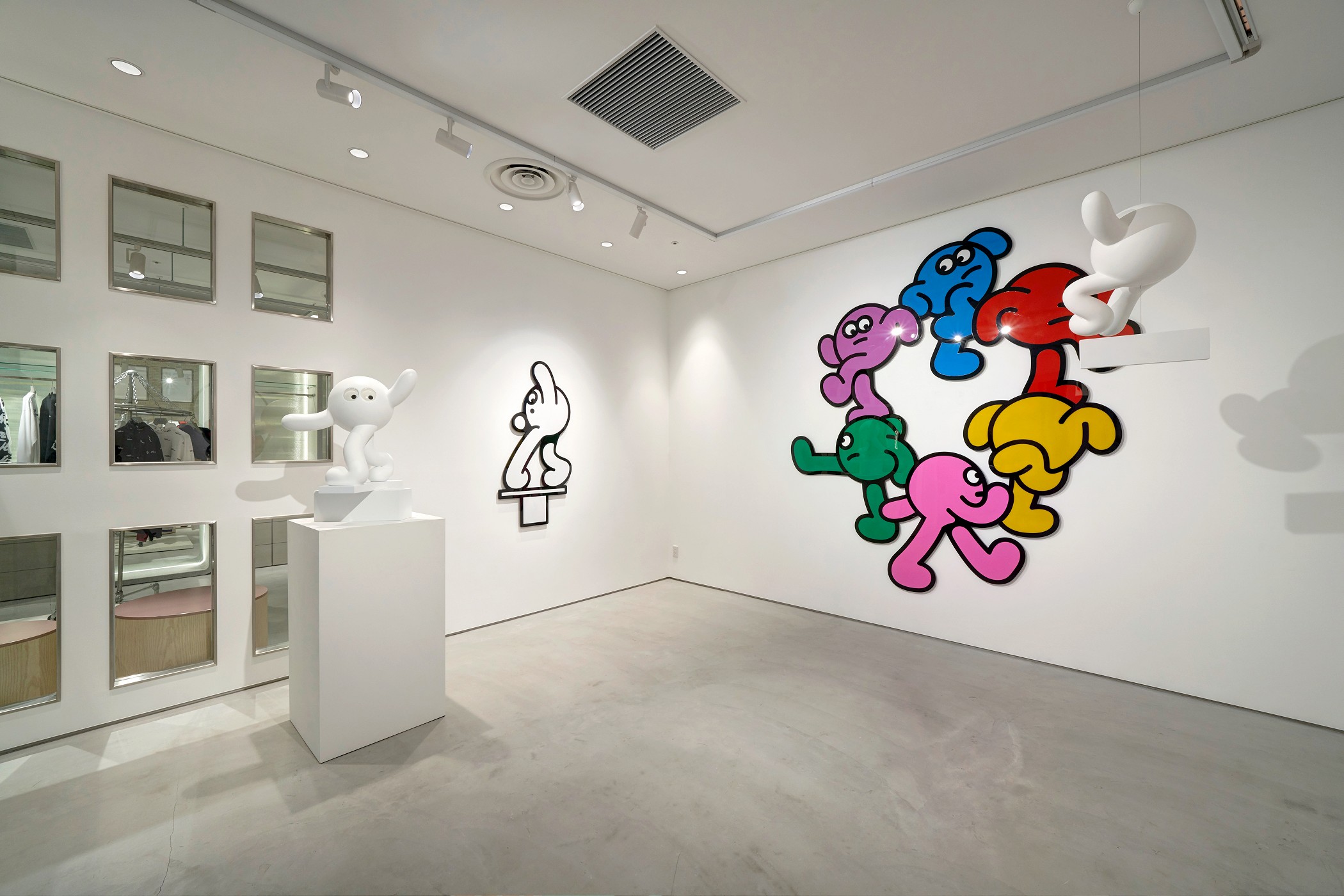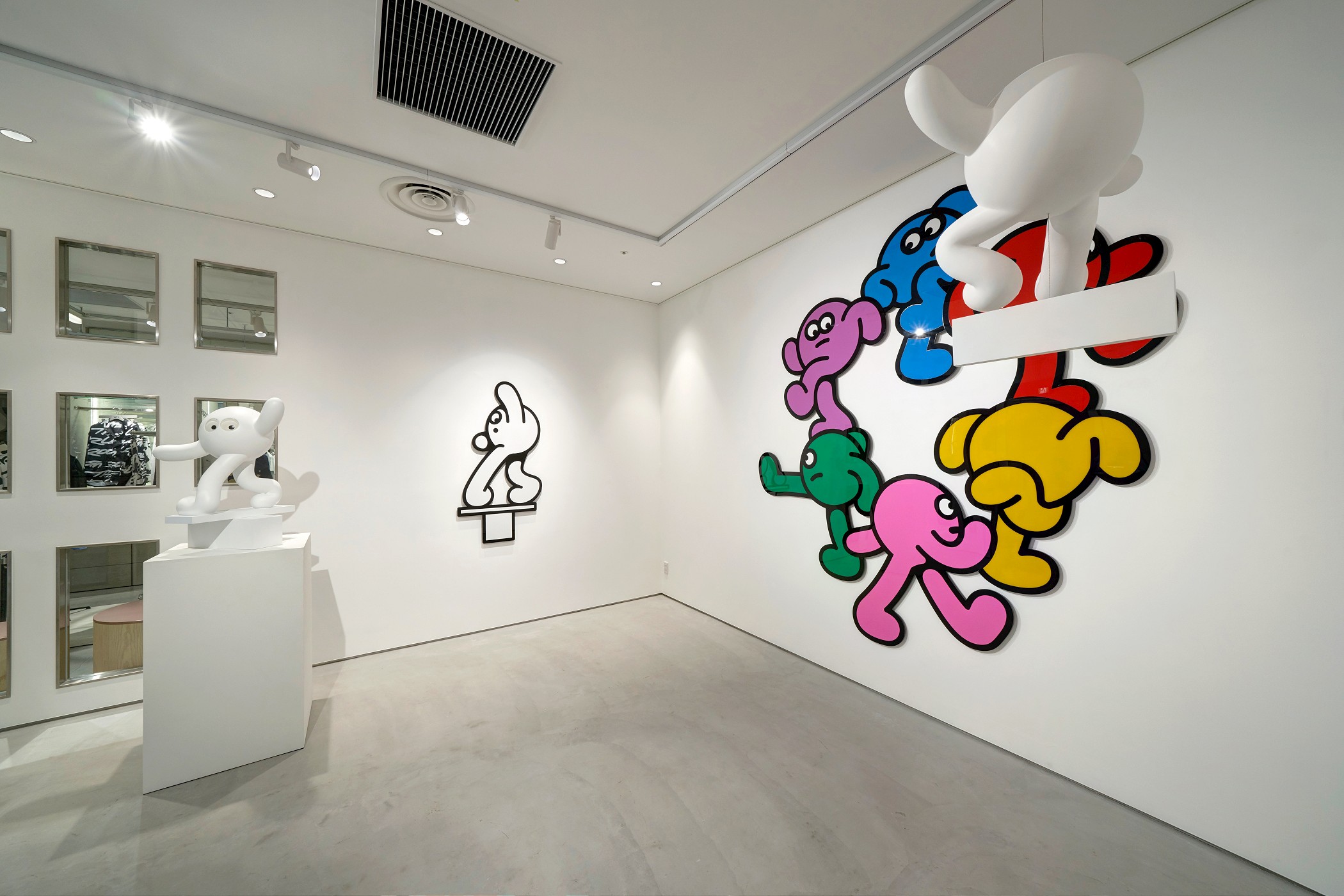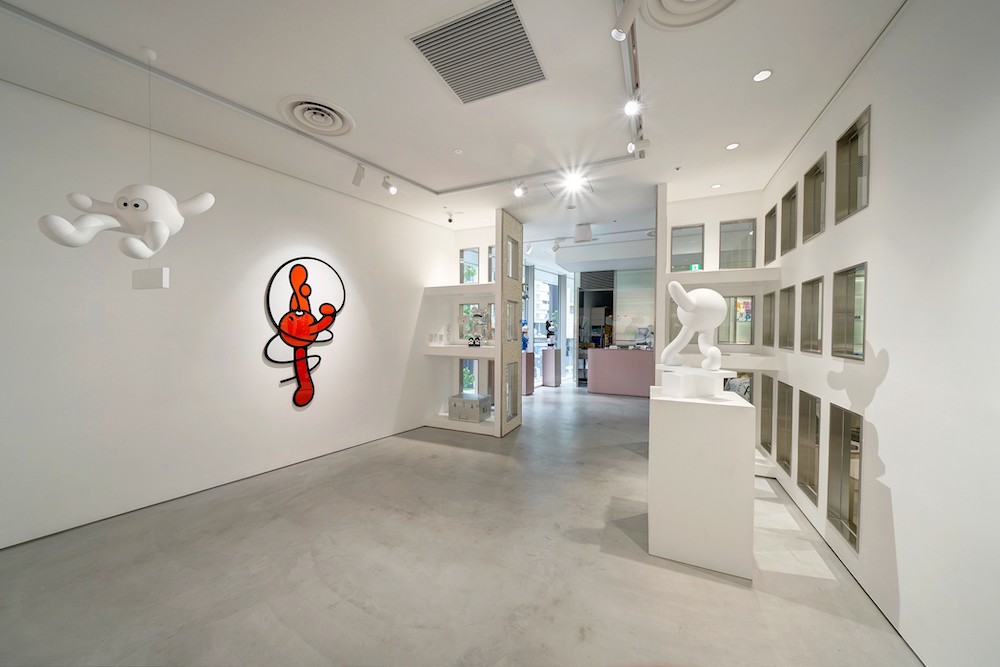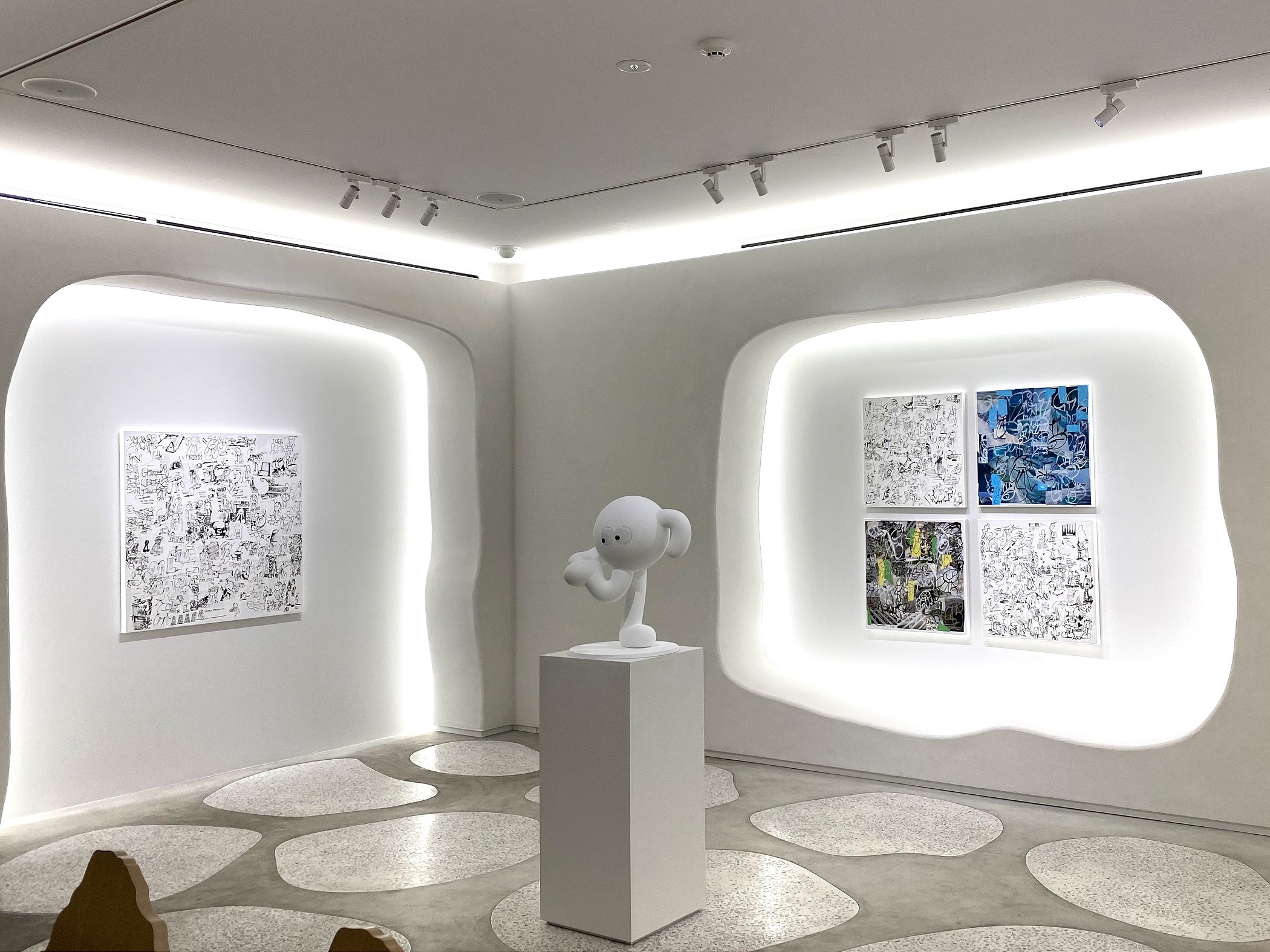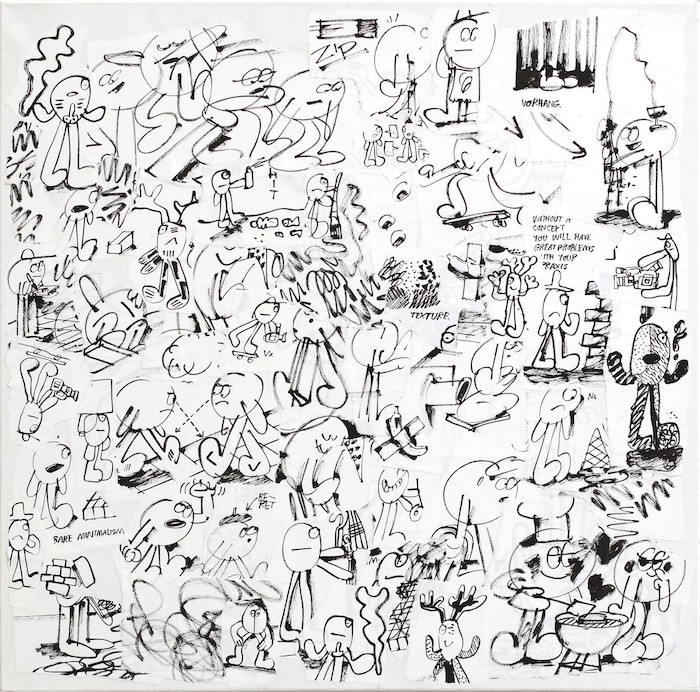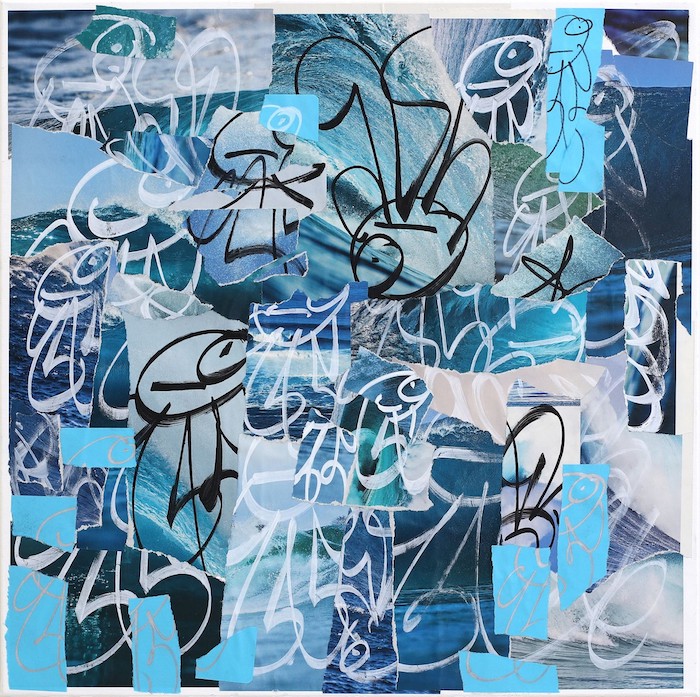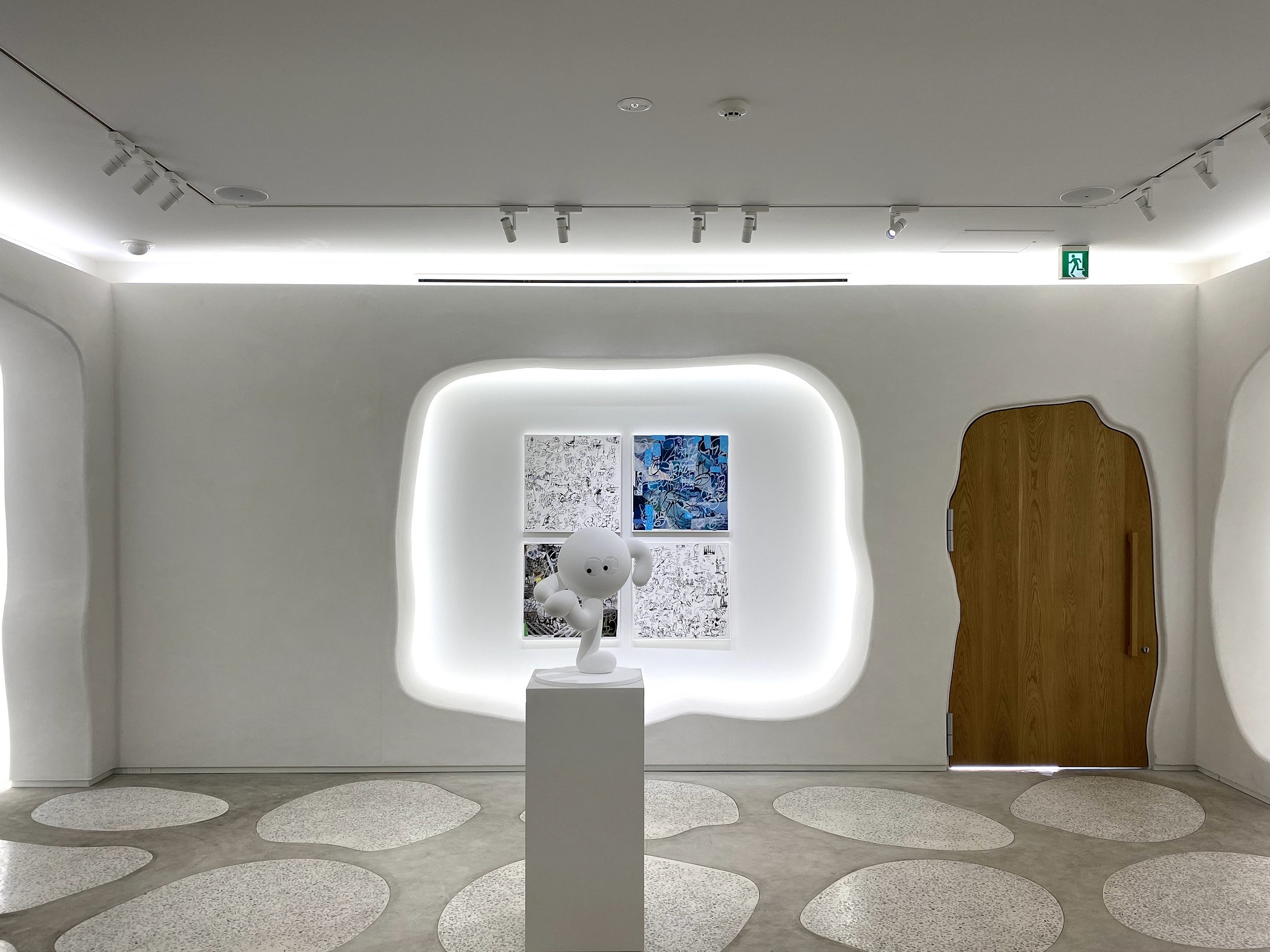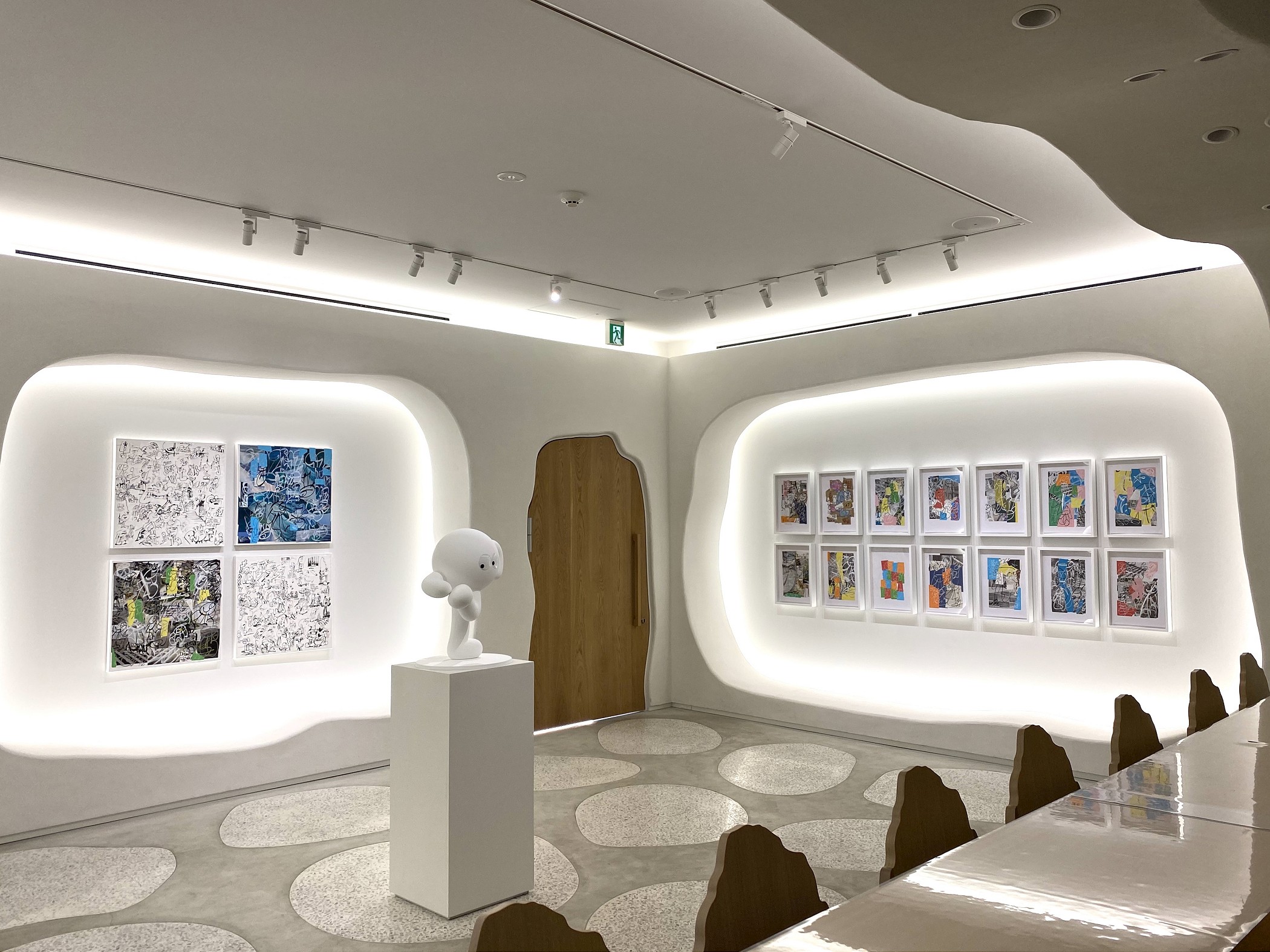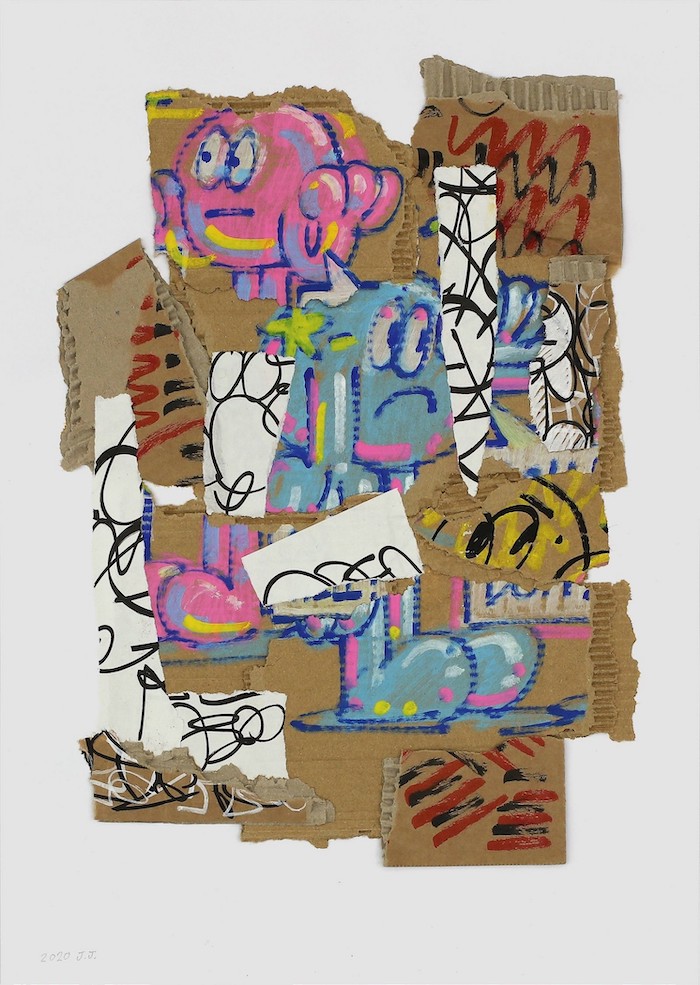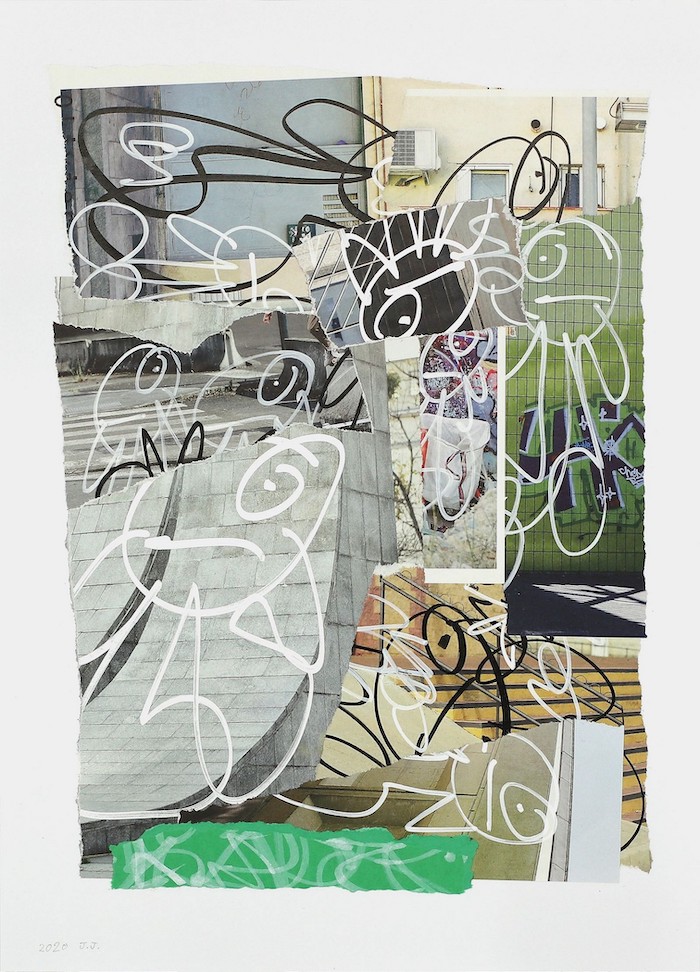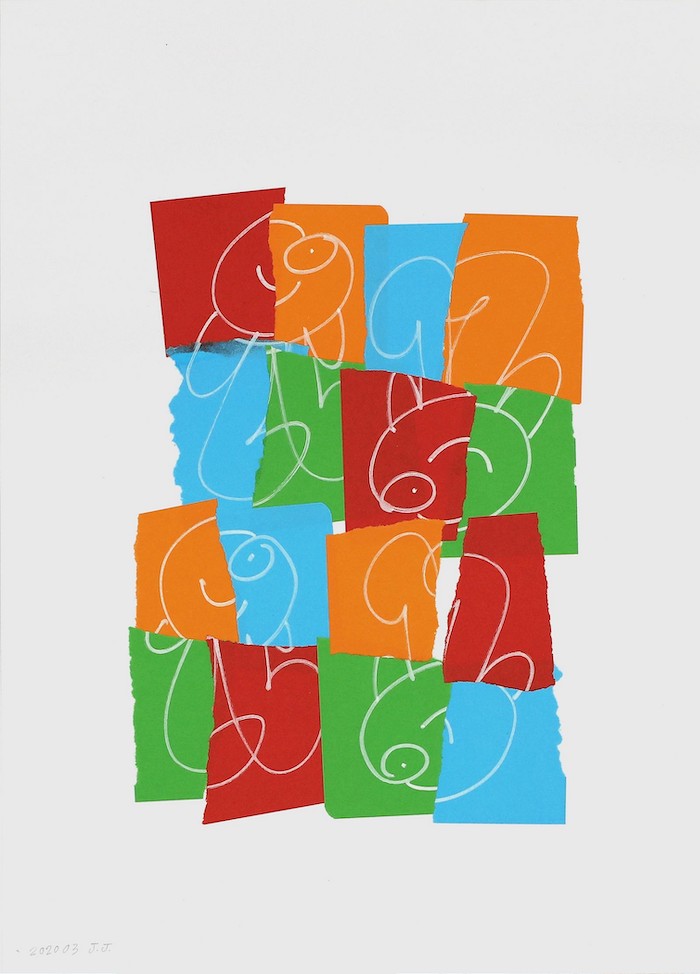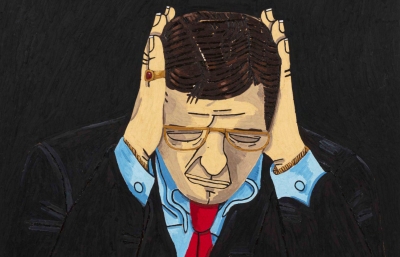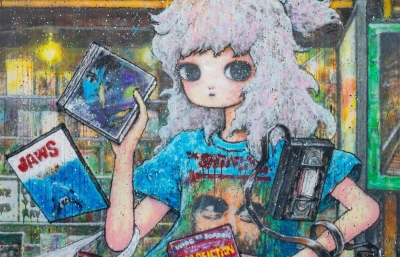For some, the name James Jarvis conjures thoughts of Potato Heads, but those who know realize there’s a philosopher residing in that dense matter. While working from home in the UK, in and out of lockdown, Jarvis managed to engineer a Tokyo takeover, currently presented through NANZUKA at two locations. With an exhibition at 3110NZ by LDH Kitchen in Aobadai Nakameguro and another one in NANZUKA 2G space in Shibuya PARCO, the London-based artist continues to explore the possibilities within the self-imposed strictures of his artistic practice through no less than Immanuel Kant's theory of Transcendental Idealism.

Borrowing the title from German philosopher's doctrine which "argues that the conscious subject cognizes the objects of experience not as they are in themselves, but only the way they appear to us under the conditions of our sensibility," Jarvis, once again, validates his vocation as artist and visual philosopher. "As I understand it, transcendental idealism is the idea of what things are in themselves, independent of how we experience them," the artist tells Juxtapoz, "It follows on from stuff I was reading about Plato’s Theory of Forms, where Forms are perfect and unchanging representations of objects and qualities, independent from their manifestation in the physical world." Struck by how those parallel ideas apply to the vision he applies to his art, Jarivs decided to explore this further through a new body of work that elaborates on the simple ink on paper illustrations. His abiding devotion to skateboarding as a life expression, a way of perceiving and interacting with our surroundings, is evident in works that feature an abundance of skate imagery. Familiar with the dynamics and language of what is an acknowledged Olympic sport scheduled to debut in Tokyo, his seemingly simple and fun illustrations speak volumes to skaters and its aficionados the world over.
From collaging the pages of his sketchbook, to constructing a large canvas piece, to transforming a simple drawing into a clean vectorized image or a sculpture, the works in the show speak of the simplicity and authenticity of drawing to hone the desired motif. "The work in PARCO relates specifically to transcendental idealism," Jarvis tells us about the way the work was divided between the two presentations. "Working in sculpture and vector graphics has always represented a kind of respite from the random, chaotic nature of making drawings. The process is slower and more contemplative whereas drawing is so instinctive." This part of the presentation includes sculptures that somehow encapsulate his characters in motion, as well as plexiglass wall pieces depicting a gymnast performing a ribbon routine or a group of characters in moshpit-like formation. By removing spontaneous and extraneous aspects of ink on paper drawing, the works are distilled into philosophical theories applied to illustrative work. "They are looking at aspects of physical activity such as skateboarding or gymnastics, and reducing the representation of that activity to an essential level," Jarvis explains the conceptual aspect of his work, and adds, "so, they’re an attempt to make Kant’s transcendent objects or Plato’s Forms."
In contrast to such a pristine aesthetic, the works in 311NZ are all collage-based canvases and works on paper concentrated on mark-making as the core of his practice. "These are quite reactionary," the artist tells us about the ink on paper illustrations he uses to construct bigger wall pieces. "I think in ripping up drawings and reassembling them you start to strip them of their content and see them reduced to a collection of marks." Built from pages of his sketchbook and magazine pages on which the artist draws his signature imagery, this section culminates in a full reduction of the constraints he applies to his practice. By concentrating on the singular existence of his subjects, the subtle nods to skateboarding and surfing culture feature pages depicting skateable architectural elements like stairs, rails, banks, or ledges or surf breaks. In purposely obstructing and deconstructing the appearance of the overall image, Jarvis redefines cognition and perception, inviting viewers to read the work more fully when solely based on their own sensibility. —Sasha Bogojev



